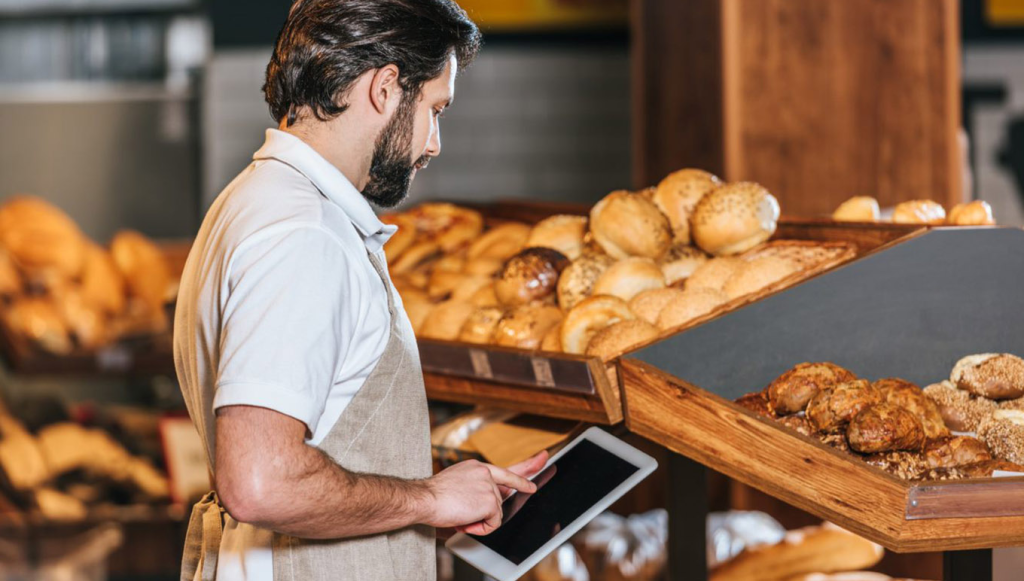Exciting news: Brizo FoodMetrics has been acquired by Datassential! Learn more.

In today’s rapidly changing business environment, the need for data-driven decision-making has never been more critical. Business Intelligence (BI), a set of tools and technologies that transform raw data into meaningful information, plays a pivotal role in this process.
But what is business intelligence, and how is it influencing the restaurant industry?
Business Intelligence refers to using software, technologies, and practices to collect, integrate, analyze, and present an organization’s raw data to create insightful and actionable business information. BI helps organizations to better understand their operations, adapt quickly to market changes, and make informed decisions.
Business Intelligence, often referred to as BI, is a technology-driven process businesses and organizations use to analyze data and present actionable information. BI aims to assist executives, managers, and other corporate end-users in making informed business decisions. BI encompasses a wide range of tools, applications, and methodologies that enable organizations to collect data from internal and external sources, prepare it for analysis, develop and run queries against the data, and create reports, dashboards, and data visualizations. These make the analytical results available to corporate decision-makers and operational workers.
The information derived from these systems allows companies to identify new opportunities, streamline operations, reduce costs, and make strategic business decisions. BI tools provide historical, current, and predictive analytics of business operations, often using data that has been gathered in a data warehouse or a data mart and occasionally working from operational data. As data becomes increasingly available and essential, the restaurant industry has taken note. Adopting restaurant business intelligence is now seen as a strategic move for chains looking to optimize operations, improve customer service, and drive revenue growth.
Restaurant chains use Business Intelligence (BI) in various ways to optimize their operations, enhance customer experience, and drive business growth. Here’s how:
Using business intelligence & data analytics software, restaurant chains deal with multiple elements like inventory, staff scheduling, and day-to-day sales. BI helps track and analyze these actionable insights, allowing managers to make data-driven decisions that reduce waste and enhance efficiency. For instance, using BI, a restaurant can predict its busiest hours and schedule staff accordingly, ensuring optimal service while controlling labor costs.
Through business analytics software, restaurants can analyze customer data, behavior, and preferences, helping them tailor their offerings and service to meet customer expectations. By understanding what dishes are popular, the times customers prefer to dine, and their spending habits, restaurants can personalize the customer experience, fostering loyalty.
BI can reveal what’s working on a menu and what’s not. It allows restaurants to analyze dish performance, understand customer preferences, and adjust their menu accordingly, increasing customer satisfaction and higher sales.
BI can provide crucial insights into potential locations for chains looking to expand. With business intelligence in the restaurant industry, chains can make informed decisions.
Whether expanding to a new location or introducing a new menu item, by analyzing customer data, BI provides the data needed to make these critical decisions.
1. Chipotle: Chipotle uses business intelligence tools to analyze sales data and customer feedback, helping it continuously refine its menu. Through such data analysis, they introduced the popular Chipotle Lifestyle Bowls.
2. Domino’s Pizza: Domino’s uses business intelligence tools for its location planning. It analyzes various customer data points like population density, average income, and competitor locations to decide where to open new outlets.
3. Starbucks: Starbucks uses BI not just for operational efficiency and location planning but also for understanding customer preferences. They have a loyalty card program that collects customer data, which is then analyzed to personalize offers and boost customer engagement.
Restaurant chains use business intelligence to drive various business enhancements, optimizing operations and offering customers a more tailored, efficient service.
For restaurant chains seeking to leverage the power of BI, a robust solution like Brizo Foodmetrics can be a game-changer. This comprehensive platform offers market data for restaurant chains, aiding in everything from trend analysis to location planning. Data analytics for restaurant chains offered by Brizo provide deeper insights into operations and customer behavior, empowering restaurants to take their service to the next level.
Brizo also offers market data for restaurant tech, providing insights on technology trends in the restaurant industry, which is crucial for chains aiming to stay competitive in an increasingly digital world. The adoption of restaurant business intelligence is no longer a choice but a necessity for restaurant chains aiming for growth and success in the highly competitive food industry.
With the right business intelligence tools and a comprehensive food and beverage industry database like Brizo Foodmetrics, restaurants can unlock new opportunities, make data-driven decisions, and stay ahead of the curve. Ready to harness the power of business intelligence for your restaurant chain? Reach out to Brizo Foodmetrics today!